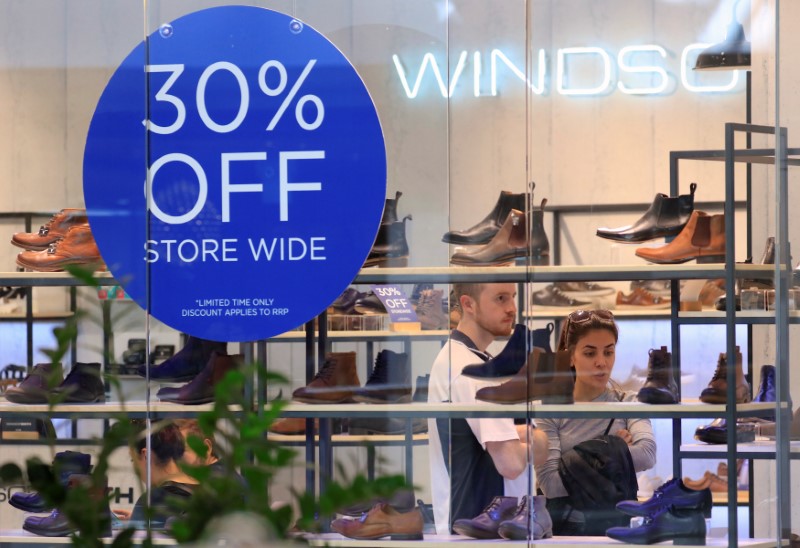* Headline CPI rose 1.8 pct y/y in Q3 vs 2 pct forecast
* Core inflation averaged 1.85 pct, undershooting estimates
* Australian dlr falls to 4-1/2 month lows at $0.7722
* Cash rates seen on hold for a long while yet - economists (Adds economists comments, updates A$ levels, adds graphic chart)
By Wayne Cole and Swati Pandey
SYDNEY, Oct 25 (Reuters) - Australian consumer prices were surprisingly tame last quarter while core inflation stayed below target for almost a second full year, leading investors to pare back the already slim chance of a rate hike for months to come.
The local dollar skidded to a 4-1/2 month trough as the consumer price index (CPI) rose 1.8 percent for the year to September, below market forecasts of 2.0 percent.
Underlying inflation averaged around 1.85 percent, again missing estimates and actually a touch slower than in the second quarter.
This was the seventh straight quarter that core inflation has undershot the Reserve Bank of Australia's (RBA) long-term target band of 2 percent to 3 percent, reinforcing the case for keeping interest rates at record lows of 1.5 percent.
The Australian dollar AUD=D4 slid 0.6 percent to $0.7722, its lowest since mid-July.
Interest rate futures 0#YIB: moved to further push out the likely timing of any hike. A rise in rates is now not fully priced in until November next year.
"We're of the view that the Reserve Bank will be on hold in 2018. They are not in a position to hike rates in the medium-term and these numbers confirm that," said JP Morgan economist Henry St John.
TAX ON CONSUMERS
The Australian Bureau of Statistics reported its headline CPI rose 0.6 percent in the third quarter, from the second quarter when it edged up just 0.2 percent.
That missed market forecasts for a 0.8 percent increase, with vegetables, petrol and telecoms all falling in price.
Energy prices saw the single biggest increase, rising 8.9 percent in the third quarter and adding 0.25 percentage points to the overall increase in CPI.
Economists see that trend as more of a tax on consumer spending than a sign of overheating demand, greatly lessening the need for an interest rate response by the RBA.
"This is the wrong type of inflation, in that the increases are in non-discretionary, regulatory type components," said Su-Lin Ong, Sydney-based senior economist at RBC Capital.
"You might say core inflation has probably troughed but it is showing little signs of momentum. The odds are that it will stay around these levels for some time."
The inexorable rise of electricity costs is largely a function of policy failure and has become a major political headache for Prime Minister Malcolm Turnbull.
After months of prevarication, the government recently outlined a plan for a national energy guarantee that essentially put the onus on utilities to fix the problem. far, the plan has been long on aspirations and short on detail and analysts suspect energy prices will continue to rise in the near term.
Indeed, policy makers have repeatedly stressed they will look through the impact of energy on inflation and that any move in rates is still "some time" away.
<^^^^^^^^^^^^^^^^^^^^^^^^^^^^^^^^^^^^^^^^^^^^^^^^^^^^^^^^^^^ Australia CPI-breakdown
http://reut.rs/2led4Wx Australia headline and core inflation
http://reut.rs/2ld9mMJ
^^^^^^^^^^^^^^^^^^^^^^^^^^^^^^^^^^^^^^^^^^^^^^^^^^^^^^^^^^^>
